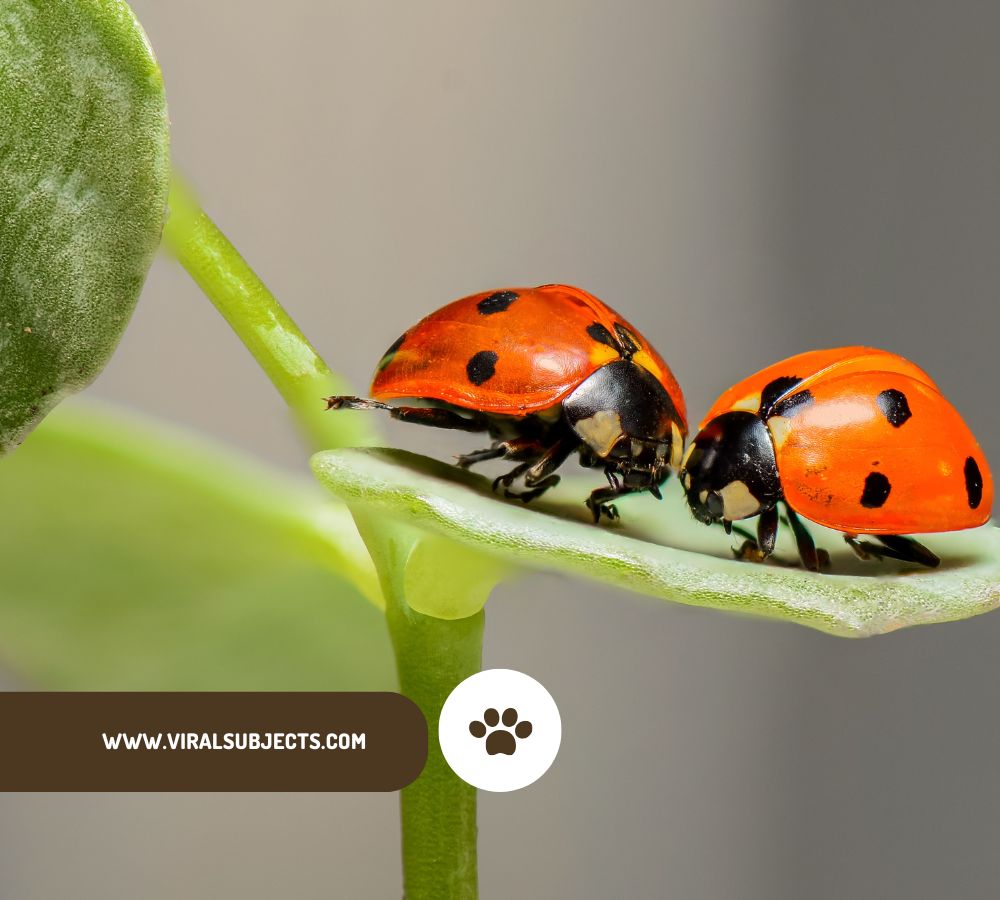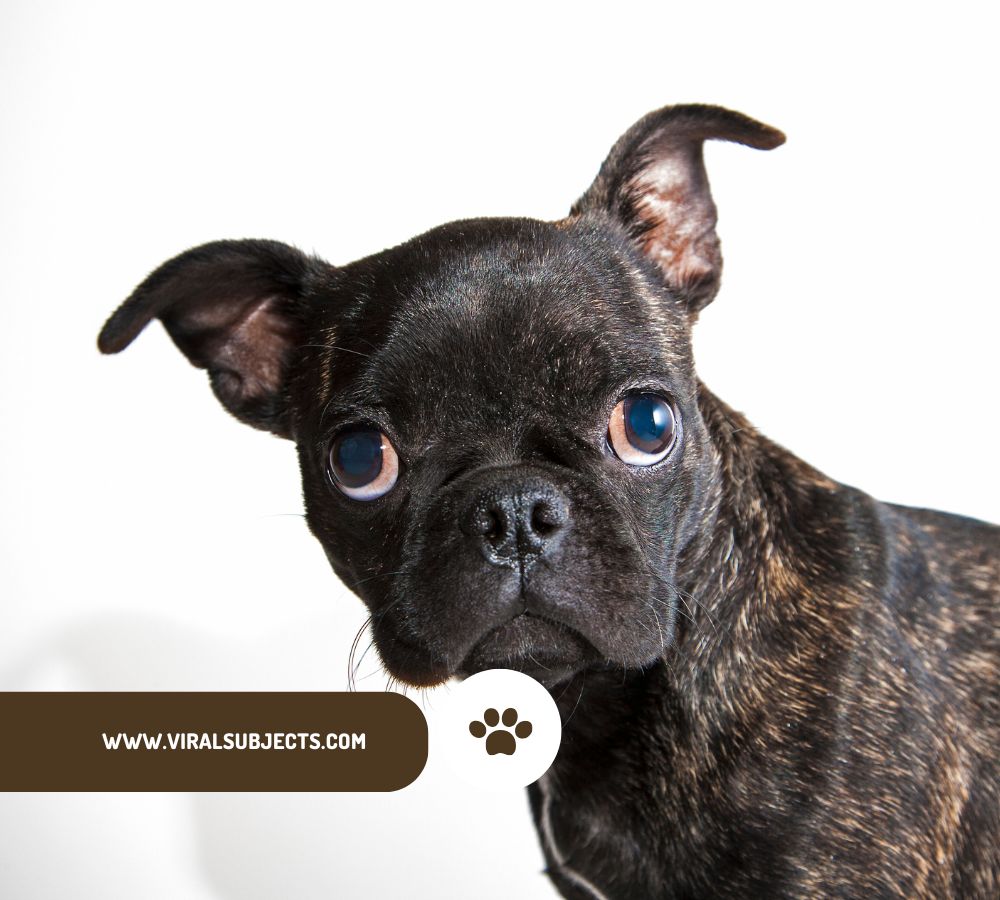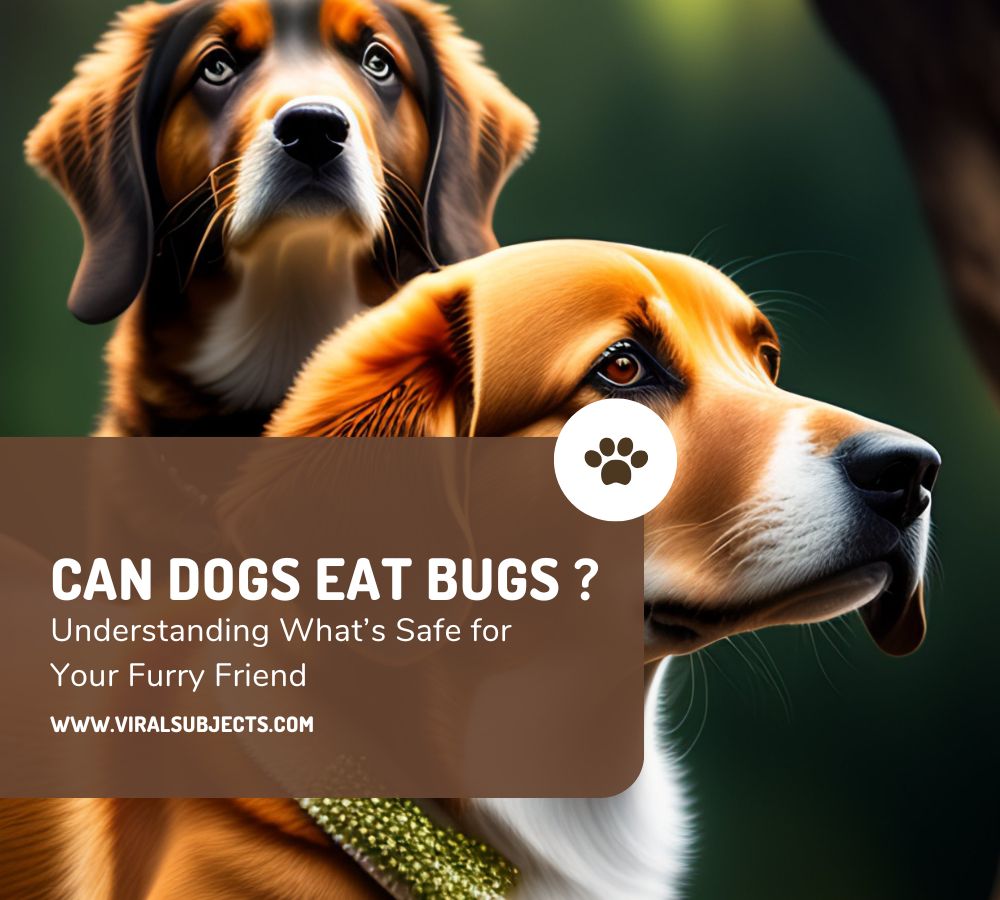Can Dogs Eat Bugs
If you’re a dog owner, you’ve likely seen your pup snap at a bug or two. Maybe it was a buzzing fly that got a little too close or a cricket hopping across the yard. While this behavior might seem harmless or even amusing it’s natural to wonder: Can dogs eat bugs safely? Let’s explore why dogs are so intrigued by these tiny creatures, whether they’re safe to eat, and how to protect your furry friend from potential risks.
Why Do Dogs Eat Bugs? (Curiosity vs. Instinct)
Dogs eating bugs isn’t just a quirk; it’s rooted in their natural instincts. Understanding why this happens can help you better address the behavior.
A Natural Curiosity
Dogs are inherently curious. Their sense of smell is up to 100,000 times more sensitive than ours, making them hyper-aware of even the tiniest critters. Bugs, with their sudden movements and distinct scents, are fascinating to your pup. A buzzing fly or crawling beetle might look like an irresistible toy!
Instinctive Behavior
Beyond curiosity, your dog’s bug-eating habits may stem from instinct. In the wild, canines hunt small animals, and bugs often make up part of their diet. While your domesticated pooch doesn’t need to forage for survival, those ancestral hunting instincts can still drive their actions.
Can Dogs Eat Bugs Safely? (Breaking Down the Risks)
Not all bugs are created equal when it comes to your dog’s safety. Some are harmless or even nutritious, while others can pose serious health risks.
Common Bugs Dogs Encounter
Most of the bugs your dog might encounter, such as ants, crickets, and moths, are harmless. In fact, some insects like crickets are even packed with protein. However, this doesn’t mean you should encourage your dog to make bugs a regular part of their diet.

Dangerous Bugs to Watch Out For
Some bugs can harm your dog either by stinging, biting, or carrying toxins. Be vigilant about the following:
| Bug | Potential Danger | Symptoms |
|---|---|---|
| Ticks | Lyme disease, infections | Lethargy, fever |
| Spiders | Venom toxicity (Black Widow, Brown Recluse) | Swelling, tremors, paralysis |
| Bees/Wasps | Allergic reactions | Swelling, difficulty breathing |
| Fireflies | Contain lucibufagins (toxic chemicals) | Vomiting, drooling |
Can Bugs Carry Parasites or Toxins?
Certain bugs, like fleas, can transmit parasites such as tapeworms if ingested. Others, like fireflies and blister beetles, contain chemicals that are toxic to dogs. It’s essential to monitor your dog’s interactions with bugs and act quickly if you suspect they’ve eaten something harmful.
What to Do If Your Dog Eats a Bug
Immediate Steps to Take
- Stay Calm: In most cases, eating a bug isn’t cause for alarm.
- Monitor Symptoms: Watch for signs of distress, such as vomiting, diarrhea, excessive drooling, or swelling.
- Remove the Bug’s Source: If there are more bugs in the area (e.g., an anthill), move your dog away to prevent further ingestion.
When to Call the Vet
Seek veterinary help immediately if your dog shows any of these symptoms:
- Difficulty breathing
- Severe swelling (especially around the mouth or face)
- Tremors or muscle weakness
- Persistent vomiting or diarrhea
Can Bugs Be a Healthy Snack for Dogs?
While the idea might sound strange, some bugs are actually nutritious! In certain cultures, insects like crickets and mealworms are consumed for their high protein and nutrient content.
Nutritional Value of Edible Insects
Bugs like crickets and grasshoppers are rich in protein, vitamins, and minerals. However, unless specifically prepared for canine consumption (e.g., cricket-based dog treats), it’s best to avoid feeding bugs to your dog intentionally.
Recipes for Homemade Dog Treats Using Bugs
If you’re feeling adventurous, you can incorporate bug-based ingredients into dog-friendly treats. Here’s a simple recipe:
| Ingredient | Quantity |
|---|---|
| Cricket flour | 1 cup |
| Oats (ground) | 1/2 cup |
| Peanut butter (natural) | 2 tablespoons |
| Water | As needed |
Instructions:
- Mix the cricket flour and oats in a bowl.
- Add peanut butter and a small amount of water to create a dough-like consistency.
- Roll into small balls or press into cookie shapes.
- Bake at 350°F (175°C) for 10–12 minutes.
These treats are high in protein and provide a fun way to introduce bugs into your dog’s diet safely.

Preventing Dogs from Eating Bugs in the Future
While an occasional bug snack may not harm your dog, it’s a good idea to discourage the habit to avoid potential risks.
Training Tips to Discourage Bug-Eating
- Teach the “Leave It” Command: This simple command can stop your dog from snacking on bugs during walks or playtime.
- Supervised Outdoor Time: Keep an eye on your dog when they’re outside, especially in areas with a high bug population.
Natural Repellents and Safe Yard Practices
- Use pet-safe insect repellents to reduce bug activity in your yard.
- Avoid leaving pet food outside, as it can attract bugs.
FAQs: Can Dogs Eat Bugs?
Q1: Can dogs eat bugs without getting sick?
Yes, most bugs are harmless to dogs. However, some carry toxins or parasites that can cause health issues.
Q2: What bugs are toxic to dogs?
Bugs like fireflies, venomous spiders, and certain caterpillars are toxic and should be avoided.
Q3: How can I stop my dog from eating bugs?
Training, supervision, and using natural repellents can help minimize this behavior.
A Curious Habit Worth Understanding
Your dog’s fascination with bugs is part of their adventurous nature, but not all bugs are safe to eat. By staying informed and vigilant, you can ensure your pup remains healthy while exploring the world around them. Whether it’s teaching them to avoid bugs or treating them to bug-based snacks, you now have the tools to navigate this quirky canine behavior.
